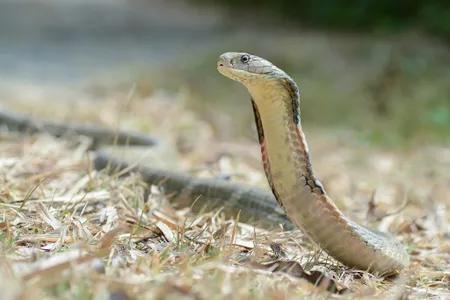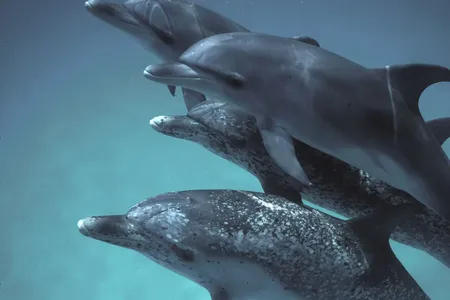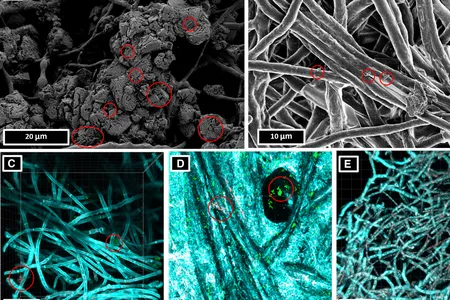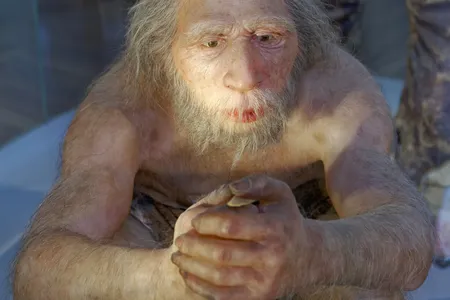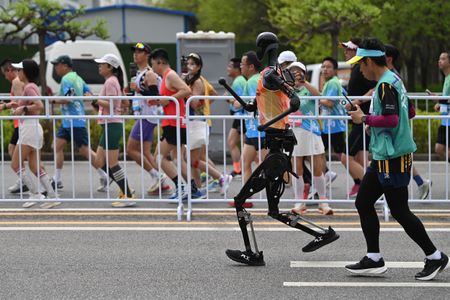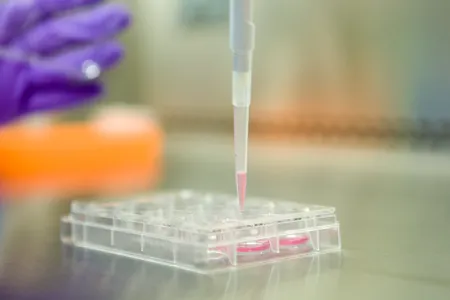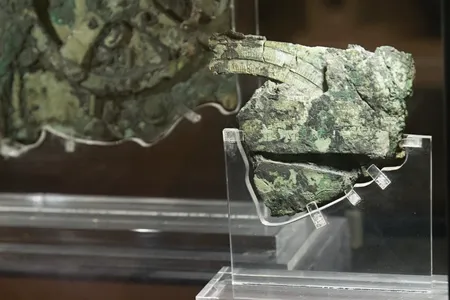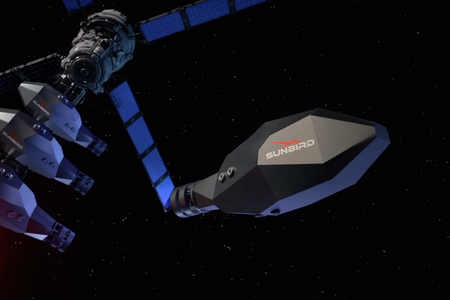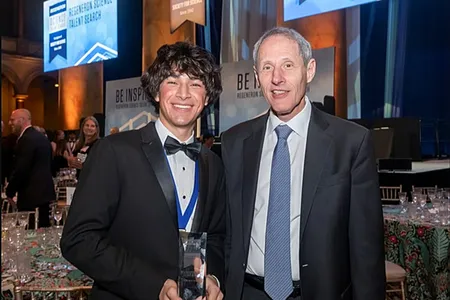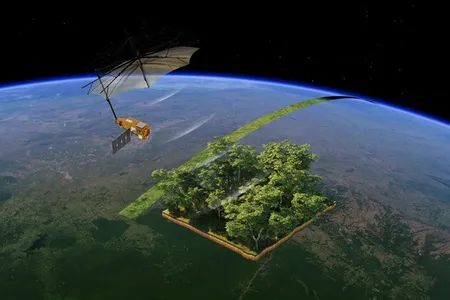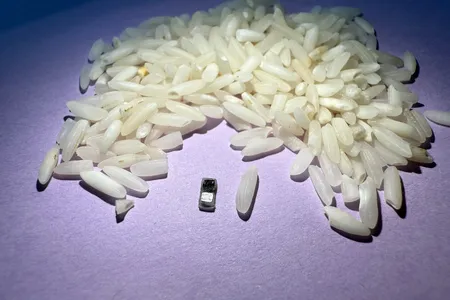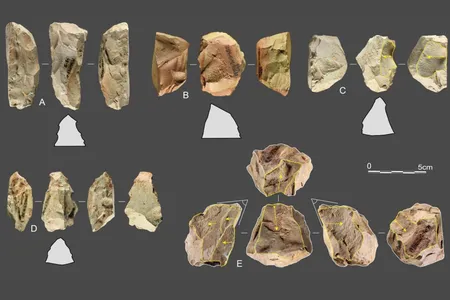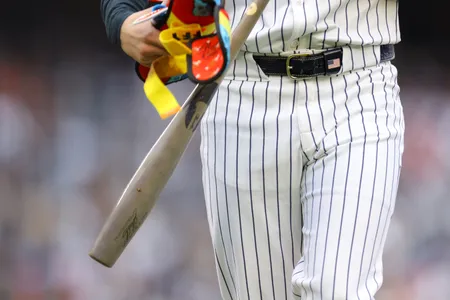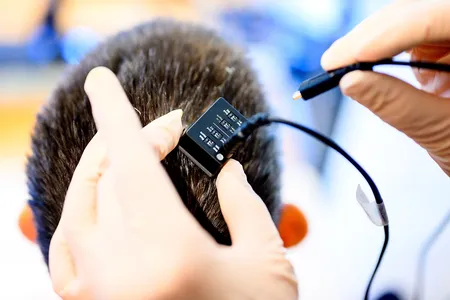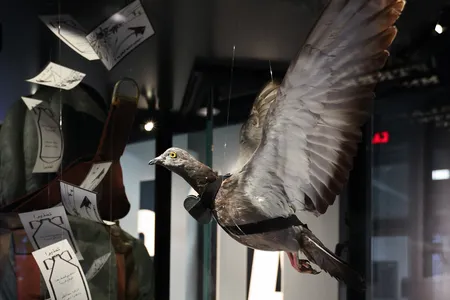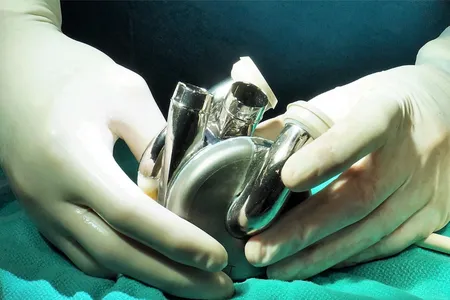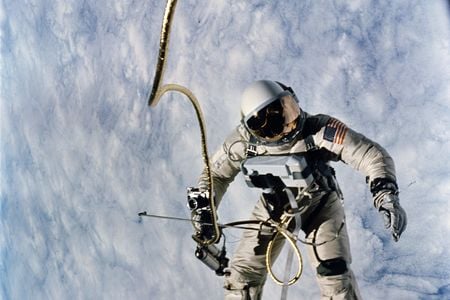200 Snakebites Later, One Man’s Blood May Hold the Key to a Universal Antivenom
Over two decades, Tim Friede has injected himself with snake venom hundreds of times, and subjected himself to more than 200 bites. Now, scientists are working on an antivenom derived from his antibodies
Google Is Training a New A.I. Model to Decode Dolphin Chatter—and Potentially Talk Back
The company says its new model, called DolphinGemma, will be made open source this summer. Researchers are also trying to train dolphins to mimic made-up names for certain objects
How Many People Are in This Painting? The Prado Museum Is Using A.I. to Find Out
With the help of a tech start-up, the Madrid museum is enlisting technology to quantify large crowds in its artworks and boost visitor engagement
New, ‘Living’ Building Material Made From Fungi and Bacteria Could Pave the Way to Self-Healing Structures
Researchers are developing the biomaterial as a more environmentally friendly alternative to concrete, but any wide-scale use is still far away
Scientists Say They’ve Discovered a New Color—an ‘Unprecedented’ Hue Only Ever Seen by Five People
The color, dubbed olo, is described as an intensely saturated teal. Researchers say it might have applications in understanding color blindness
Sunscreen, Clothing and Caves May Have Given Modern Humans an Edge Over Neanderthals When Earth’s Magnetic Field Wandered
A new study suggests the extinction of Neanderthals nearly coincided with a shift in Earth’s magnetic field that let more radiation reach the ground. Our species might have adapted more easily
Humanoid Robots Just Raced Alongside Human Runners in a World-First Half-Marathon. Here’s How It Went
The race, held in China on Saturday, showcases the country’s advancements in humanoid technology. Still, only 6 of the 21 robot contestants made it across the finish line
Stem Cell Therapies Could Treat Parkinson’s Disease by Rebuilding Lost Circuitry in the Brain, Studies Suggest
Two small clinical trials tested the safety of injecting stem cells into the brains of Parkinson’s patients and found no adverse effects
How Well Did the Mysterious Antikythera Mechanism Actually Work?
Historians think the 2,000-year-old device was used to predict the positions of celestial bodies. A new digital simulation suggests that its gears may have frequently malfunctioned
Fusion Rockets Could Theoretically Cut Our Travel Time to Mars in Half. This U.K. Startup Wants to Give It a Try
The company’s ambitious new Sunbird design aims to harness nuclear fusion in space, despite the fact that commercializing such energy on Earth remains a faraway dream
High School Student Discovers 1.5 Million Potential New Astronomical Objects by Developing an A.I. Algorithm
The 18-year-old won $250,000 for training a machine learning model to analyze understudied data from NASA’s retired NEOWISE telescope
A New Satellite Will Map the Carbon Content of Rainforests From Space, and It’s Set to Launch This Month
The European Space Agency’s new probe, Biomass, will spend five years orbiting the planet and gathering radar imagery of forests across multiple continents
Researchers Develop the World’s Smallest Pacemaker, and It Could Be Revolutionary for Newborn Babies With Heart Defects
The new device is smaller than a grain of rice and gets absorbed by the patient’s body when it’s no longer needed, eliminating the risks of an extraction surgery
Stone Tools Discovered in China Resemble Neanderthal Technology Used in Europe, Creating a Middle Stone Age Mystery
Archaeologists previously assumed that East Asia did not see considerable tool development during the Middle Paleolithic, but new findings might change that widely held idea
The Science Behind the MLB ‘Torpedo’ Bats That Everyone’s Talking About—How Do They Work? And Are They Really Better?
Developed by a physicist, these bats have their widest part, called the barrel, closer to the player’s hands to offer a better chance of hitting the ball on their “sweet spot”
Enhanced Brain Implant Translates Stroke Survivor’s Thoughts Into Nearly Instant Speech Using Artificial Intelligence
The system harnesses technology similar to that of devices like Alexa and Siri, according to the researchers, and improves on a previous model
First Orbital Rocket Launched From Western Europe Crashes Into Sea After Roughly 30-Second Flight
Isar Aerospace, the company behind the rocket, is still heralding the launch as a success due to the data it provided
Learn the Secret Histories of These Fascinating CIA Artifacts, From Pigeon Cameras to Cufflink Compasses
With the launch of its new website, the CIA Museum is bringing its sprawling collection of spy artifacts out of the shadows and into the public eye
Australian Man Makes History by Living With a Titanium Heart for More Than 100 Days Before Receiving a Transplant
The man, who was in his 40s and suffering from severe heart failure, was also the first person to leave the hospital with a titanium heart. He is recovering well after getting a new, donor heart
Two Trailblazing Spacewalks in 1965 Opened the Door to Decades of Astronauts Pushing the Limits of Their Capabilities
Since those early steps, extravehicular activity has helped provide the solutions to many problems that astronauts face in space
Page 2 of 35
